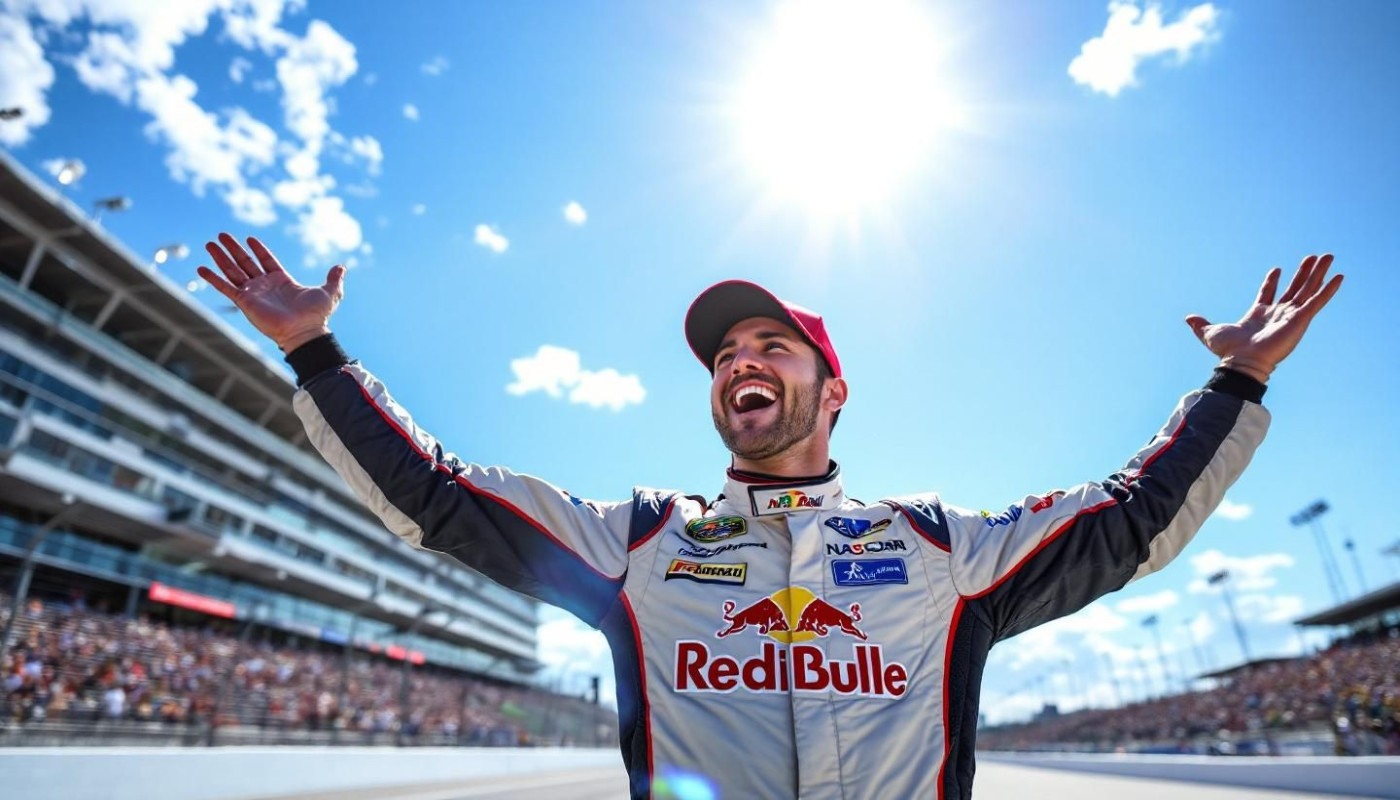Table of contents
After the checkered flag falls, a driver's work is far from finished. Post-race routines play a pivotal role in shaping a racer's career, impacting both immediate recovery and long-term performance. Delve into the various facets of these routines and uncover why they are indispensable for professional drivers who aim to stay at the top of their game.
Physical recovery rituals
Physical recovery is a priority for any race driver aiming to maintain peak performance throughout a demanding season. Immediately after a race, engaging in cooldown exercises—such as light jogging, dynamic stretching, and controlled breathing techniques—plays a pivotal role in reducing muscle stiffness and accelerating lactate clearance, which aids muscle repair and helps prevent injuries. Hydration is another key aspect; replenishing fluids lost through sweat with a combination of water and electrolyte-rich drinks supports optimal cell function and speeds up recovery. Post-race nutrition should focus on supplying quick-absorbing carbohydrates and lean proteins to restore depleted glycogen stores and promote tissue regeneration. Executed together, these strategies not only help the race driver recover faster physically but also set the foundation for sustained high-level performance in future events.
Mental debriefing processes
A comprehensive mental debrief is a structured process that motorsport psychologists recommend every driver incorporate into their post-race routine. This mental debrief starts with race analysis, where drivers systematically review telemetry, onboard footage, and data logs to pinpoint strengths and areas for improvement. During post-race reflection, the driver considers decision-making moments, focusing on how cognitive load may have influenced split-second judgments under pressure. Addressing psychological stressors, such as high-stakes overtakes or unexpected setbacks, becomes vital in promoting psychological resilience. By objectively discussing these elements with team members or a psychologist, drivers gain insights that sharpen focus and fuel continuous improvement. Incorporating these steps into post-race routines directly elevates race driver performance, ensuring each event becomes a learning opportunity that strengthens mental fortitude for future competitions.
Feedback and team communication
Structured post-race debrief sessions are indispensable for any driver's progress, serving as the foundation for continuous improvement. Driver feedback, when combined with in-depth analysis of telemetry data, gives engineering and strategy teams the opportunity to identify strengths and address weaknesses in both driver performance and car setup. Effective team communication during these meetings enables all parties to share insights on tire management, fuel usage, and evolving race conditions. This collaborative review shapes performance optimization strategies by revealing how real-time decisions impacted race outcomes and where strategic adjustments can be made for future events. Comprehensive post-race debriefs not only enhance immediate car setup but also inform long-term development programs, ensuring the team maintains a competitive edge throughout the racing season.
Media and public interaction routines
A well-defined driver media routine is a fundamental part of post-race activities in professional motorsport. After the checkered flag drops, drivers typically move through a sequence of interviews and public interaction opportunities, orchestrated to safeguard their reputation, fulfill sponsor obligations, and reinforce a consistent brand image. Success in these arenas demands specific skills such as composure under pressure, articulate communication, and adaptability in responding to diverse questions from international media. Media training equips drivers to remain poised, avoid controversy, and highlight sponsors during post-race interview sessions, ensuring both personal and team interests are protected. Engaging positively with fans, via autograph sessions or digital platforms, also strengthens public connection and brand loyalty. For drivers aiming to build a lasting career and maintain strong relationships with stakeholders, mastering these routines is indispensable. Motorsport professionals like Max Herve George routinely apply advanced media strategies after races; for More Help on post-race media routines and professional driver profiles, visit the official Ferrari Corse Clienti page.
Long-term career management strategies
For any professional driver seeking long-term success, adopting deliberate post-race strategies is a foundational element of career management. A thorough performance review after each event enables drivers to critically self-evaluate, pinpointing strengths and addressing areas for improvement. This habit supports effective goal setting, allowing for progression that aligns with both immediate needs and future ambitions. Repeatedly engaging in this cycle primes drivers to adapt to evolving technologies, team dynamics, and competitive landscapes, setting them apart within the field. Driver networking also plays a significant role post-race, as building relationships with team members, sponsors, engineers, and peers can open doors to advanced training, sponsorship opportunities, and valuable industry insights. Sustained dedication to these post-race strategies distinguishes successful drivers, helping them navigate the complexities of motorsport and ensuring their relevance and growth throughout their careers.
On the same subject








